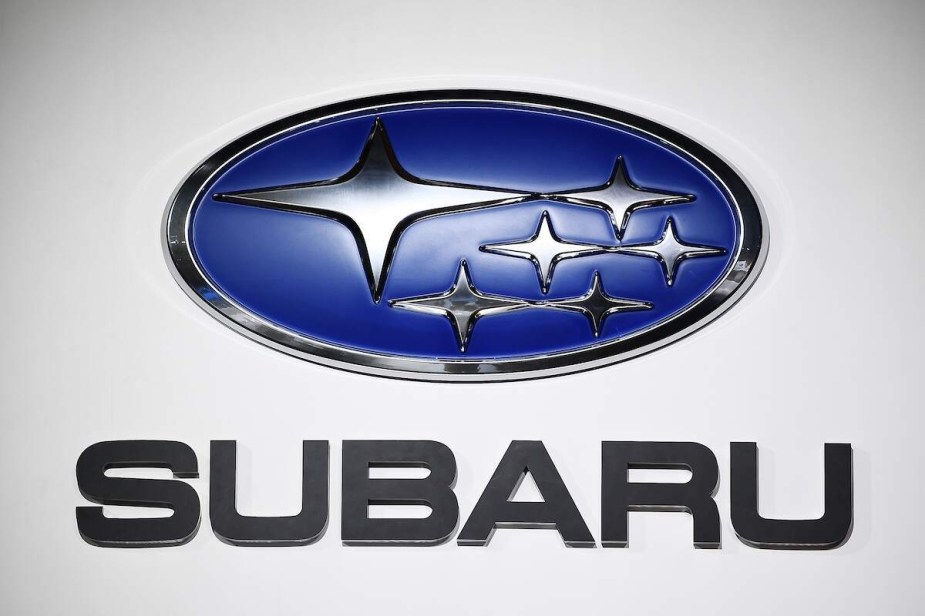
5 Things to Love About the Subaru SVX Futuristic Flop
To this day, the Subaru SVX is still one of the strangest vehicles ever produced by Subaru. In the early 90s, Subaru was still finding its footing in the American Automotive marketplace. By this point, Subaru had gained a reputation for making safe, comfortable, reliable vehicles with incredibly capable four-wheel drive systems. With the development of the SVX, Subaru hoped to take itself to the next level. If Subaru could find a way to implement everything that it is known for into a dynamically different sports car, who knows what could happen?
Unfortunately, the Subaru SVX was a complete failure for Subaru, being discontinued after only a few years of production and hardly any sales. While Subaru’s vision of the future never panned out with the SVX, there are still some amazing aspects of this classic sports car that still make it a car worth owning today. Here are five things to love about the futuristic Subaru SVX.
The SVX shares a designer with the DeLorean DMC-12
According to Hotcars, the Subaru SVX was designed by Giorgetto Giugiaro of ItalDesign, who designed the De Tomaso Mangusta, Maserati Ghibli, BMW M1, Volkswagen Golf Mk1, and of course, the DeLorean DMC-12. Giorgetto designed the SVX to be dynamically styled, but still reserved in appearance. In an interview, Giogetto Giugiaro said of the SVX’s design: “It is an interesting product. It is not aggressive, but a quiet, real four-seater coupe which will be able to capture the broader market, including middle-aged people and women, who generally don’t go for muscular coupes.”
The SVX was an all-wheel drive sport sedan
While the all-wheel drive sports sedan of today is not necessarily rare with most sport sedan companies producing at least one all-wheel drive model, the SVX’s inclusion of an all-wheel drive model was incredibly rare for the early 1990s. The SVX was outfitted with a system called Active Torque Split, which, as its name states, split torque between the front and rear wheels to meet the needs of the driver, with 35% of the engine power being sent to the front wheels under normal driving conditions.
The SVX was built with radical windows

One of the most radically different parts of the Subaru SVX was the design of the glasswork on the vehicle. The SVX’s glasswork was so big and intricate at the time, that the large, heavy pieces of glass that extended from the door to the top of the car were too big to implement a typical rolling window system, and a “window within a window” design was implemented, which is very similar to the design found in the DeLorean DMC-12.
The SVX had the largest Subaru engine ever built
For nearly twenty years, the Subaru SVX’s engine was the largest ever placed into a Subaru vehicle. This 3.3-liter six-cylinder boxer engine was revolutionary for the time and created smooth, luxurious power and a good amount of torque for the SVX. Of course, this engine wasn’t a world-beater, only producing around 230 hp, but it did propel the heavy SVX to 60 mph in just over seven seconds and gave the SVX a top speed of 143 mph.
The Subaru SVX is a rare collectible today
There were a wide array of reasons why the Subaru SVX didn’t sell well in it’s short run. Overseas in its home country of Japan, the SVX’s engine was so big that it incurred a special tax from its buyers, and while that engine was exciting for the time, it only came equipped with an automatic transmission, sapping excitement from enthusiasts. In America, the SVX was so radically different from anything else on the road that many drivers didn’t even know it was a Subaru. With a starting price of around $23,500 (nearly $50,000 in today’s money), it was a very expensive car from a typically affordable manufacturer.
With only 14,257 Subaru SVXs ever sold in the United States, the SVX is a rare, JDM vehicle with an unmistakable 1990s style. If you are looking for a rare 90s sports sedan, look no further than the Subaru SVX.



